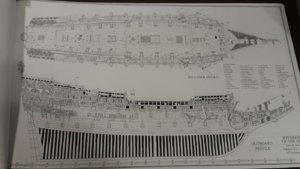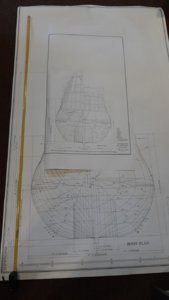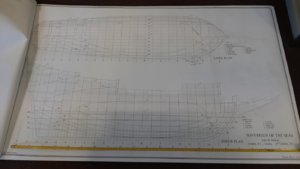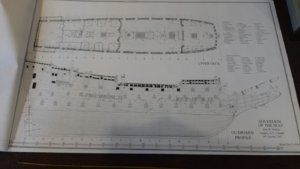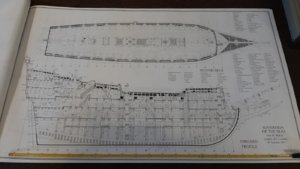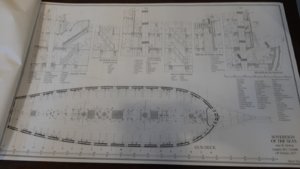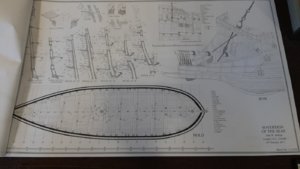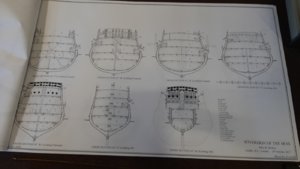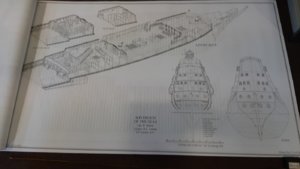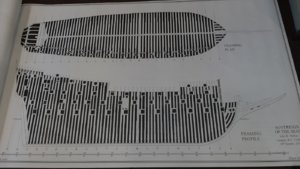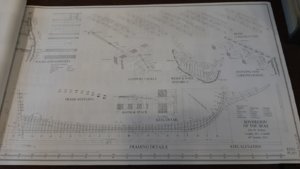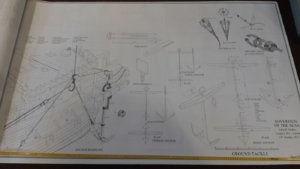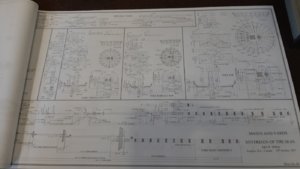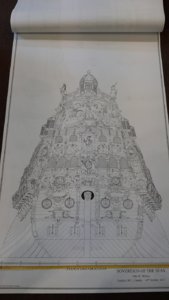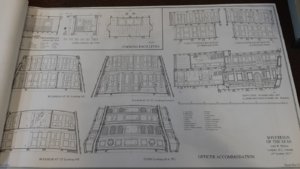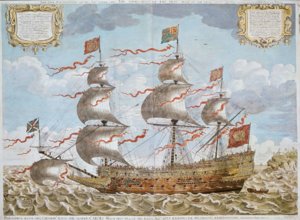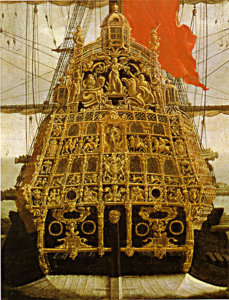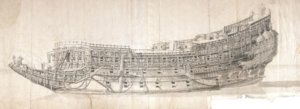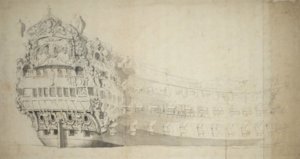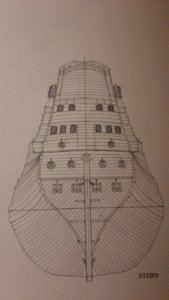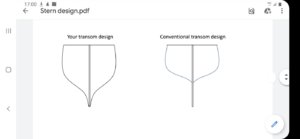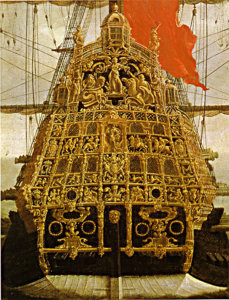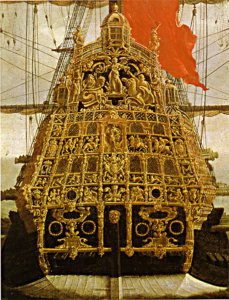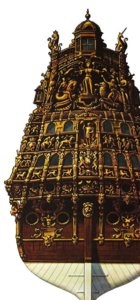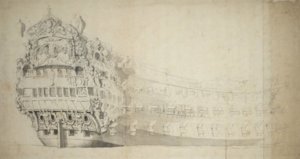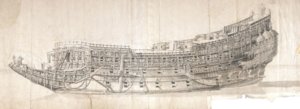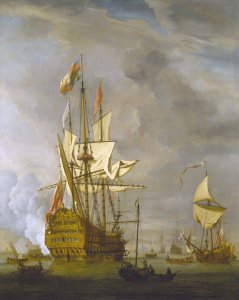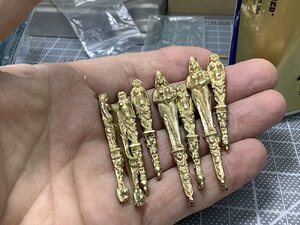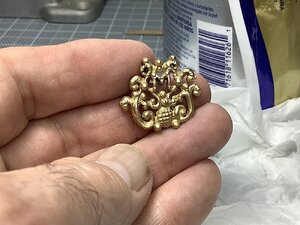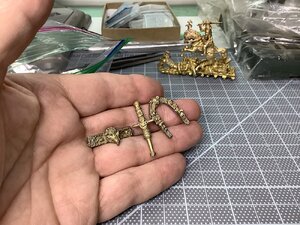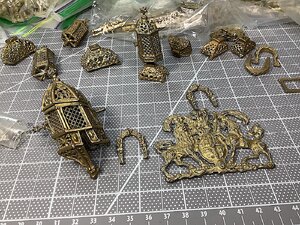- Joined
- Oct 23, 2018
- Messages
- 871
- Points
- 403

Nigel, I had a drawing of an English ship from around 1640, but couldn't find it anymore. I am afraid, that I lost it by a computer crash. There was also a framed section.
I wrote "stylized" because I didn't know, when which method in England by the real ship was used. The frameing in 18th century was other than used by the Navy Board models. When frameing changed I don't know.
Only in the time of the American wars of Revolution you will find three different types of frameing by English ships: classic with double and single frames, only single frames and only double frames.
A really good example of a ship where nobody knows which frameing is correct is the "HM Cutter Alert". Everybody builds the model following Goodwins interpretation in the AotS book. But the frameing he shows didn't work with the measurements of the frames, he gives in the first half of his book. Historical documents show, that the values are correct and not the drawing.
In preparation of my Triton project I tried to find other possible solutions, based on the origins drawings of the NMM, but this will need some more time.
So a stylized frame design is in my opinion the better option as showing a wrong of possible wrong design.
I wrote "stylized" because I didn't know, when which method in England by the real ship was used. The frameing in 18th century was other than used by the Navy Board models. When frameing changed I don't know.
Only in the time of the American wars of Revolution you will find three different types of frameing by English ships: classic with double and single frames, only single frames and only double frames.
A really good example of a ship where nobody knows which frameing is correct is the "HM Cutter Alert". Everybody builds the model following Goodwins interpretation in the AotS book. But the frameing he shows didn't work with the measurements of the frames, he gives in the first half of his book. Historical documents show, that the values are correct and not the drawing.
In preparation of my Triton project I tried to find other possible solutions, based on the origins drawings of the NMM, but this will need some more time.
So a stylized frame design is in my opinion the better option as showing a wrong of possible wrong design.
Last edited:




